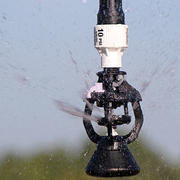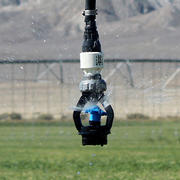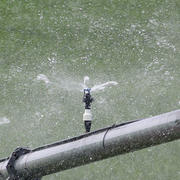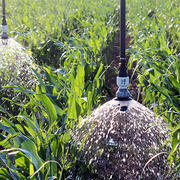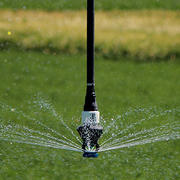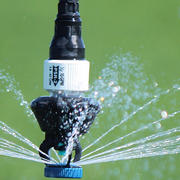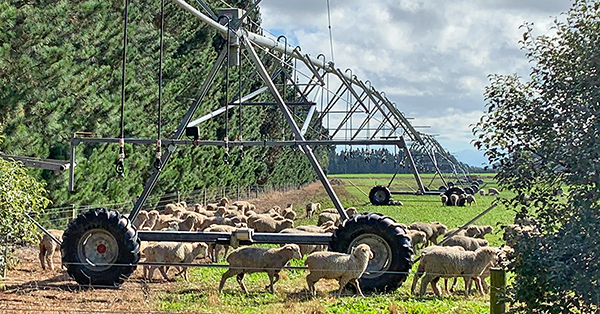
This year’s irrigation season is coming to a close for many farmers across the western hemisphere. Several are already working in their combines and reaping the fruits of their labor.
It’s tempting to forget about your pivot and just focus on getting crops out of the field and into a bin during harvest. But this is one of the best times of year to check sprinkler packages and make sure your pivots are ready for the next growing season. A quick checkup will help prevent any unwanted surprises next year.
We suggest you take a look at this end-of-season checklist for a quick overview of the things you should take care of:
1. Check Your Nozzles
Find a copy of the sprinkler package chart. Using the chart, verify the nozzle size for each sprinkler location matches the chart. If the nozzles are wrong, you may be over- or under-watering.
2. Check Your Sprinkler Patterns
Visually inspect sprinklers for consistency in their distribution patterns. Assure that sprinkler overlap is sufficient. Disassemble any sprinklers with issues and check for plugging or defective parts. Sprinklers can wear out and will stop rotating and spray pads may have build-up.
3. Check System Pressures
Using an accurate pressure gauge, verify your pressure at the pump, pivot point, and at the end of the pivot. Make sure it matches the sprinkler package chart.
Pressure should be at least 5 psi (0.34 bar) above the pressure regulator rating. If you have a 10 psi (0.69 bar) pressure regulator, your pressure gauge should read a minimum of 15 psi (1.03 bar). Compare the numbers to the design pressure in your sprinkler package chart to make sure everything matches.
4. Check for Leaks and Flush Your System
Check the system for leaks. Remove the sand trap and flush the entire system for several minutes to remove debris that may plug the sprinklers.
5. Check Gearboxes, Wheels, and Tires
With the pivot in motion, listen to each tower drive system for gearbox issues. Provide necessary maintenance or replacement. Verify wheel lug bolts are tight. Check tire pressure and inspect for any cracks or wear.
6. Check Yield Maps
Examine yield maps to help identify possible irrigation issues. Depending on the location of the problem along the pivot pipeline, the economic impact of a single sprinkler problem can be significant in the amount of yield reduction it causes.
If You Notice Something’s Off….
Hopefully, you won’t notice any runoff or a lack of uniformity while inspecting your sprinklers, but if you do:
- Go back to your sprinkler package chart and check the nozzle sizes and placement of sprinklers that are showing problems. They may be incorrectly installed.
- Consider evaluating your tillage practices to enhance infiltration and decrease runoff.
- Evaluate your system and consider whether a new sprinkler package would be beneficial. Select a sprinkler device that irrigates with low application intensity over a large diameter, and creates relatively large droplets that can combat wind-drift and evaporation.
- If you want to renozzle your system, check with your local power company for possible incentives when you switch to lower pressure systems.

